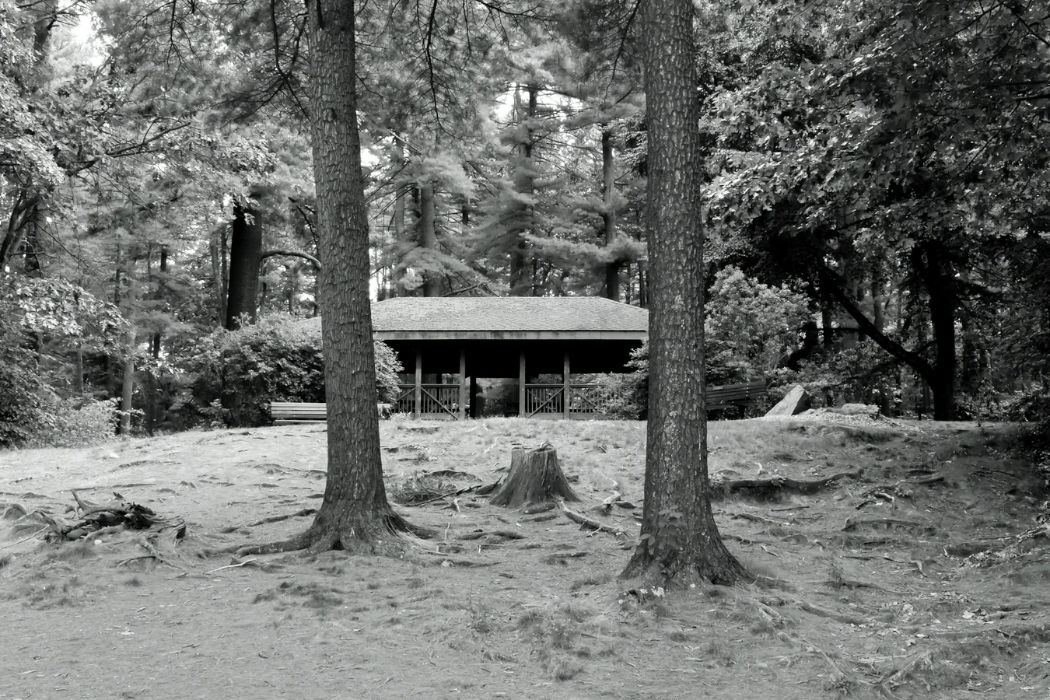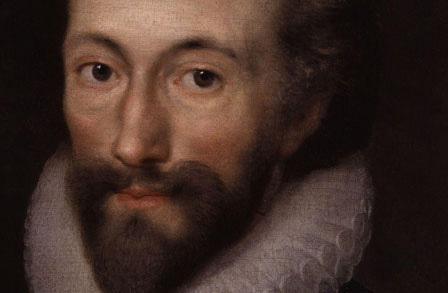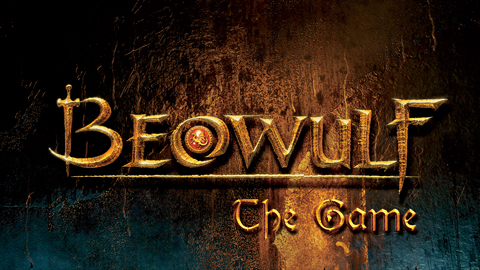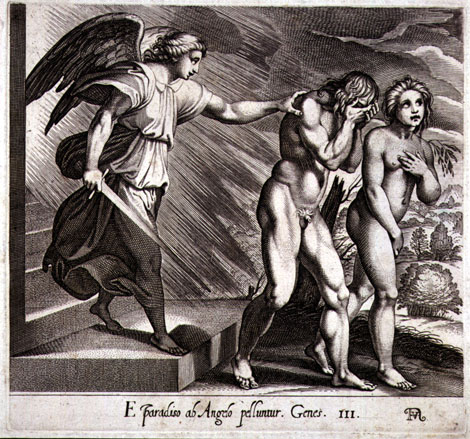The story is about a curious child who uses his curiosity to become a scientist. The child, Richard Ebright, was close to his mother. She played an important role in developing his interest in science. His journey started with a collection of butterflies. He researched the gold spots on the pupae of monarch butterflies. He wrote a paper on how cells worked. This was published, and he became famous. He took part in science exhibitions and won awards. He was interested in public speaking and debate. He has all qualities to become a great scientist with his competitive and go-getter personality.
The Making of a Scientist Summary
This story is about a leading scientist, Richard Ebright. From the beginning years, he was a curious child. In his childhood, he started collecting butterflies. When he got to second grade, he had already collected twenty-five species of butterflies in his hometown. He advertently collected coins, fossils, and rocks. He has given the book ‘The Travel of Monarch X’ by his mother, and this proved to be a turning point in his life, for it introduced him to science. He understood real science in the science fair and realized that to win something, he would have to do something extraordinary.
In his eighth-grade assignment, he chose to find the reason behind the viral sickness that caused the death of almost all the monarch caterpillars every year. He believed that the reason could be a beetle, so he raised caterpillars in the presence of beetles. He was wrong. The next year, his project for the fair was testing the theory that viceroy butterflies copy monarchs, and he got the first prize in the zoology division and third in the science fair.
In his second year of high school, he did a research project that led to him discovering an unknown insect hormone that led to his new theory of the lives of cells. He tried to find the purpose of the tiny golden spots that the monarch pupa had. The project won first place in a country science fair and gave him the chance to work at the Walter Reed Army Institute of Research.
He continued his advanced experiments as a high school student and could finally identify the structure of chemical hormones. As he was looking at the X-ray pictures of the hormones, he had an epiphany that cells could read the blueprint of their DNA. Ebright and his roommate made a plastic model of the molecule to examine how DNA works. This was a big leap and was published in a magazine. He graduated with the highest honors from Harvard.
The Making of a Scientist Analysis
The story is about a leading scientist, Richard Ebright. From the beginning years, he was a curious child and started collecting butterflies in his childhood. By second grade, he collected twenty-five species of butterflies in his hometown. He got a book ‘The Travel of Monarch X’ from his mother, which introduced him to the world of science.
For the eighth grade assignment, his topic was the cause of viral sickness that killed monarch caterpillars every year. He assumed that the reason was beetles but was wrong. Next year, he tested whether viceroy butterflies copied monarchs and received prizes.
In high school, he discovered an insect hormone that helped him create a theory on the lives of cells. He tried to understand the reason for the small golden spots on the monarch pupa. This helped him get first place in the country science fair.
One day, as he looked at the X-ray photos of hormones, he realized that cells could read the blueprints of their DNA and made a plastic model illustrating how DNA works. This was published in the magazine. Ebright had all qualities to become a good scientist.
The story shows how hard one has to work to achieve their goals. It also shows that if one works hard enough and shows perseverance, nothing will be impossible. Ebright had no limits and made extraordinary scientific discoveries.
The Making of a Scientist Theme
The story holds the message that with perseverance, dedication, and hard work, one can achieve any dream. The story is about a curious child and his journey to becoming a great scientist. It talks about how his mother impacts his interest in science and enhances it. It says that one must be dedicated to their work, and that would definitely bear the fruits of labor, sooner or later.
The Making of a Scientist Character Sketch
Richard Ebright was an inquisitive child, and this curiosity helped him become a scientist. He did really well in school. He enjoyed public speaking and debate and was an outdoor person. He was competitive and wanted to do his best. He had all the traits to become a good scientist. As a child, he collected twenty-five species of butterflies in his hometown and coins, fossils, and rocks. He won in science fairs. His research project on the theory of the lives of cells helped him win first place in a country science fair and gave him the chance to work at the Walter Reed Army Institute of Research. He made several scientific advances and became a celebrated scientist.
The Making of a Scientist Analysis Key Points
The story by Robert.W.Peterson is about a scientist named Richard.H.Ebright. The story is an interesting study of the way in which Ebright became a scientist. Post the death of her husband, Ebright became everything to his mother. He got the best grades in school. At an early age, in the second grade, he collected 25 species of butterflies that were found around his hometown. The Travels of Monarch taught him a lot about monarch butterflies. In the second year of high school, he started to look for a hormone in gold spots of butterflies. He discovered how cells read the blueprints of DNA.
Updated by Anjali Roongta on 18th April 2023
Some online learning platforms provide certifications, while others are designed to simply grow your skills in your personal and professional life. Including Masterclass and Coursera, here are our recommendations for the best online learning platforms you can sign up for today.
The 7 Best Online Learning Platforms of 2022
- Best Overall: Coursera
- Best for Niche Topics: Udemy
- Best for Creative Fields: Skillshare
- Best for Celebrity Lessons: MasterClass
- Best for STEM: EdX
- Best for Career Building: Udacity
- Best for Data Learning: Pluralsight
















